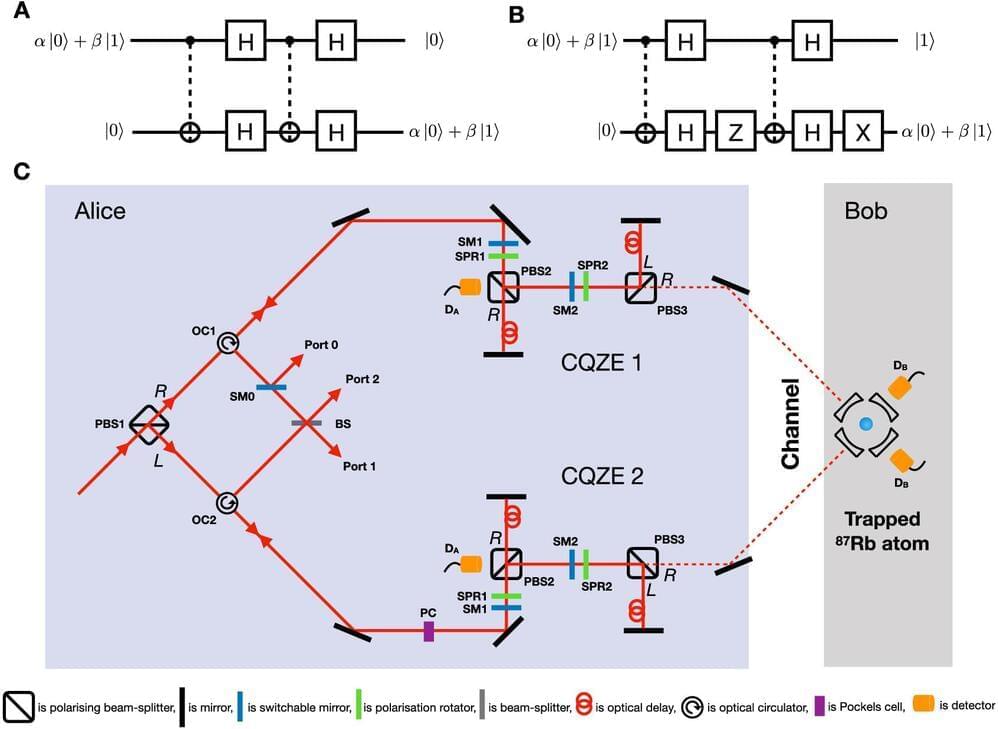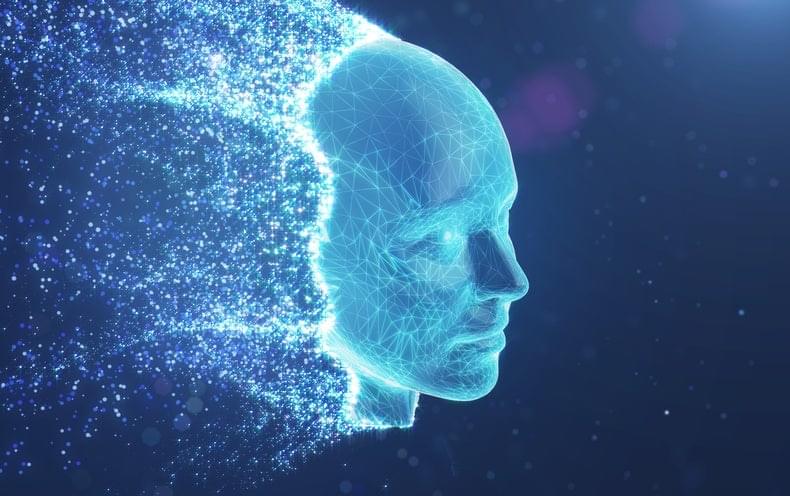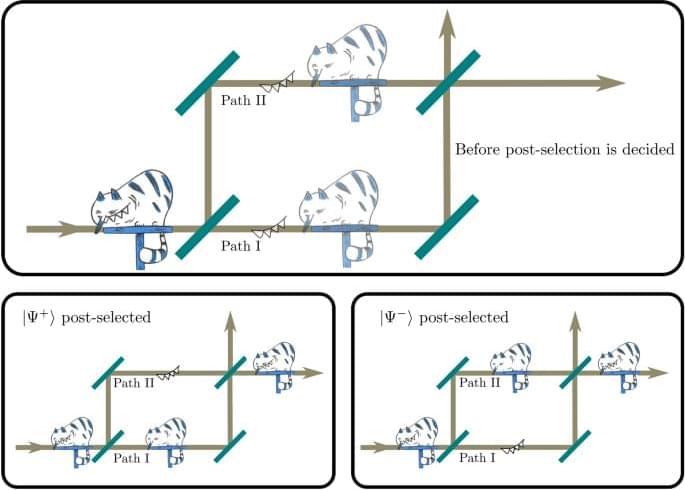One of the first practical applications of the much-hyped but little-used quantum computing technology is now within reach, thanks to a unique approach that sidesteps the major problem of scaling up such prototypes.
The invention, by a University of Bristol physicist, who gave it the name “counterportation,” provides the first-ever practical blueprint for creating in the lab a wormhole that verifiably bridges space, as a probe into the inner workings of the universe.
By deploying a novel computing scheme, revealed in the journal Quantum Science and Technology, which harnesses the basic laws of physics, a small object can be reconstituted across space without any particles crossing. Among other things, it provides a “smoking gun” for the existence of a physical reality underpinning our most accurate description of the world.








